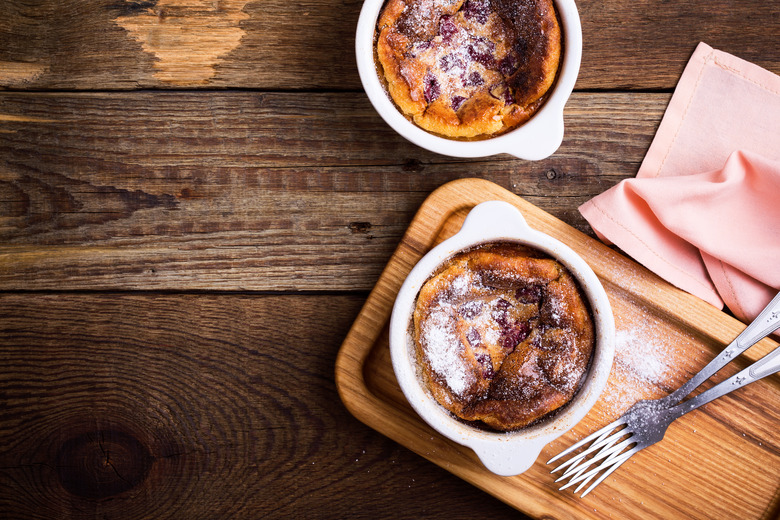How To Tell If A Ceramic Bowl Is Ovenproof
Oven proof bowls are a powerhouse in a productive kitchen. They can do so much and look good while taking on so much while cooking. After whipping up a fabulous side dish on the countertop, you can pop it in the oven and finish it off under high temps without issue.
However, busy cooks who have made the mistake of putting non-oven safe bowls in a hot stove know the importance of using only those types of bowl when cooking. Using bowls that are not oven-proof can not only ruin the dish, but also the meal that you worked so hard on.
The bowl or dish can crack and spread shards of glass throughout the meal that was painstakingly made. Or they can break in half and spill the contents all over the bottom of a hot oven, creating a bigger mess and problem than simply being out of a homecooked meal.
This doesn't have to happen, though. There are a few ways to determine if the bowl you are working with or intend to buy will easily transfer from refrigerator or countertop into a piping hot oven.
Why Some Bowls Shatter
Why Some Bowls Shatter
Many people may think that any type of ceramic bowl can be placed in a hot oven. However, not all ceramic dishes are created equal, or able to take on extreme temperatures. Ceramic is defined as being made and shaped with clay before hardened by fire. However, the glaze that is placed onto the ceramic bowl isn't always oven safe.
Ceramic includes earthenware, bone china, stoneware and porcelain. If the glaze on the ceramic bowl isn't waterproof, then the porous clay beneath is unprotected. This can make the bowl sensitive to the temperature changes that can occur when you put a cold- or room-temperature bowl inside a preheated oven.
Read More: How to Tell if a Ceramic Bowl is Oven-Proof
What to Look for When Purchasing Bowls
What to Look for When Purchasing Bowls
Oven proof bowls can go from whipping up breads and cakes on the countertop to placing in a preheated oven without cracking.
A good brand, such as Feldspar porcelain oven safe bowls, is worth the investment. The quality workmanship can handle the cold air and conditions of a refrigerator, as well as the high temperatures of a broiler or convection oven. It's not recommended to take the bowl, oven proof or not, from one extreme temperature to the next.
Look for bowls that are marked ovenproof when purchasing dinnerware or cooking bowls. If the packaging doesn't clearly state that the bowl is oven safe, then you can look for an image on the bottom of the bowl. Wavy lines with a temp below 300 degrees Fahrenheit means the bowl can be used in low-temperature ovens, while a picture of an oven indicates that the bowl or dinnerware item can be placed in an oven.
Read More: Are All Ceramic Bowls Oven-Proof?
Oven Safe Bowls
Oven Safe Bowls
If you have bought a bowl — or inherited one — and aren't sure if the cookware item can handle the high temperatures of an oven, then there are a few ways to discern if it is oven. For example, any glass bowl or pan marked Pyrex or Corningware can handle a hot oven.
Check the bottom of the bowl for the manufacturer's stamp and look up the care guide online or via email with the company. The manufacturer's website will more than likely have information on all of its products ability to be placed inside a hot oven.
